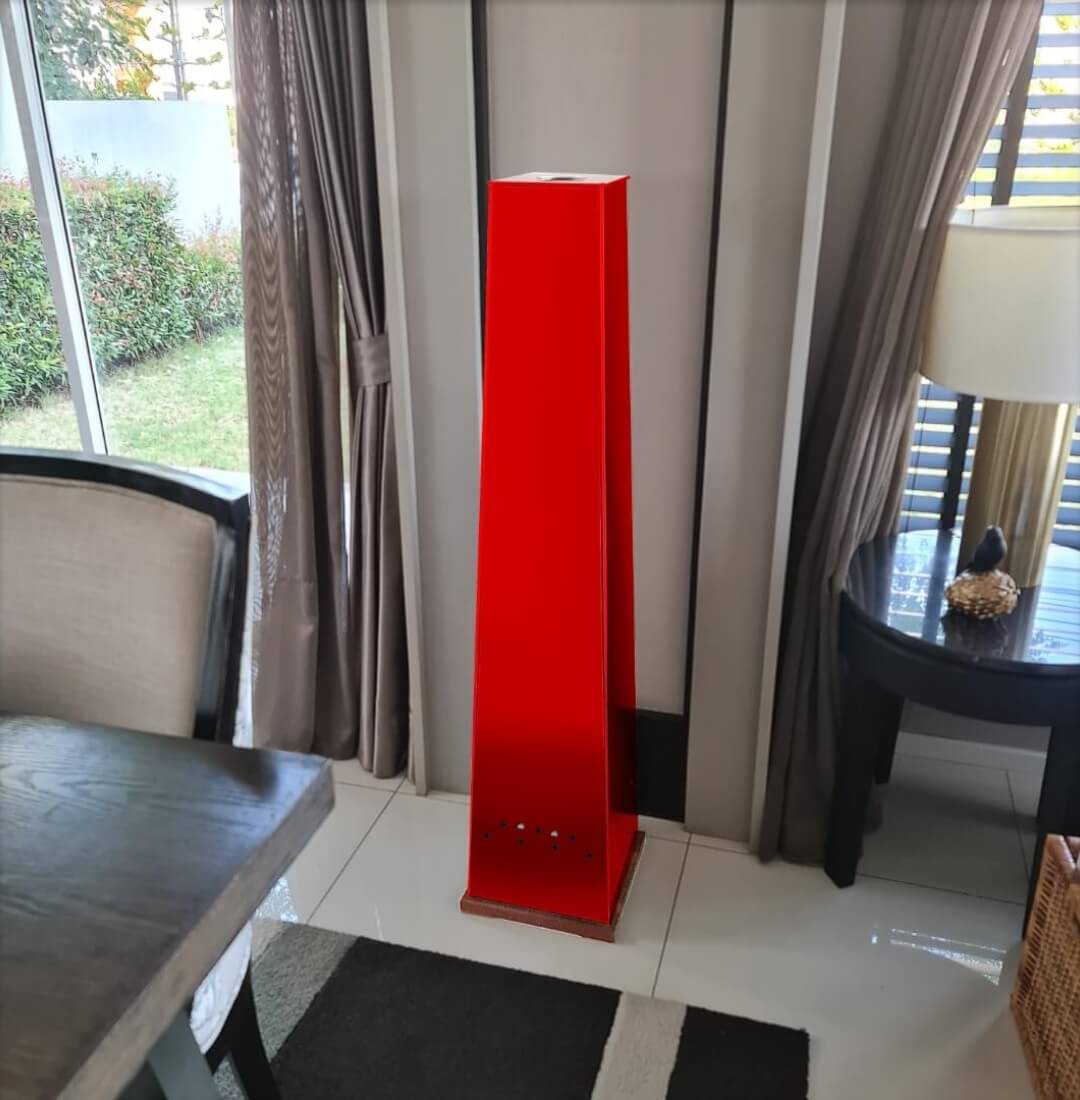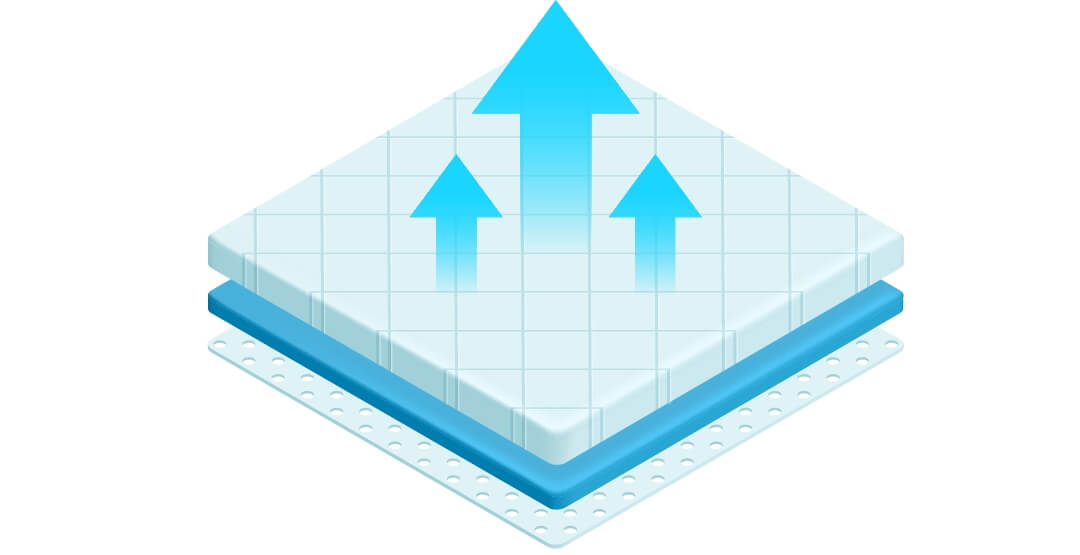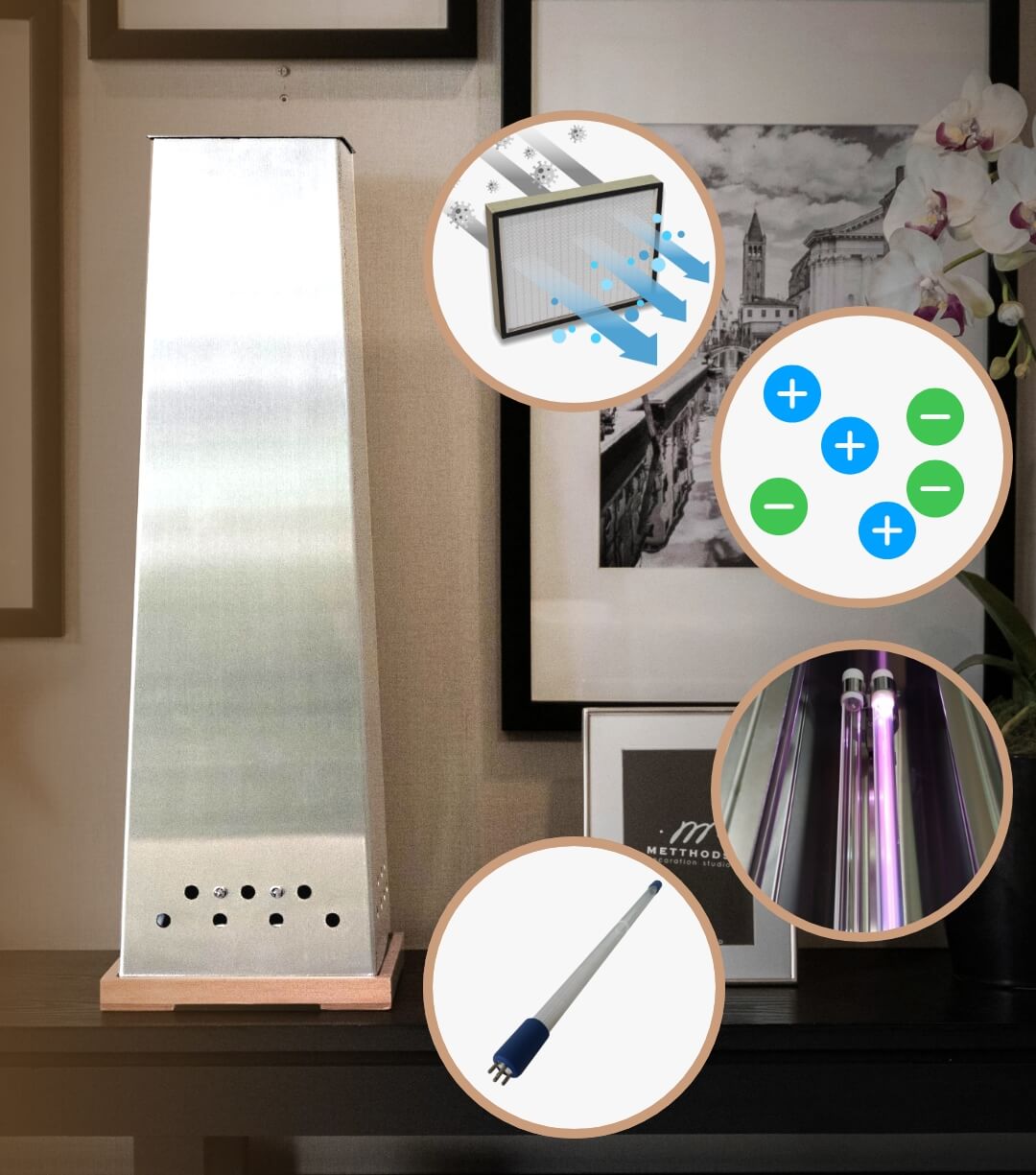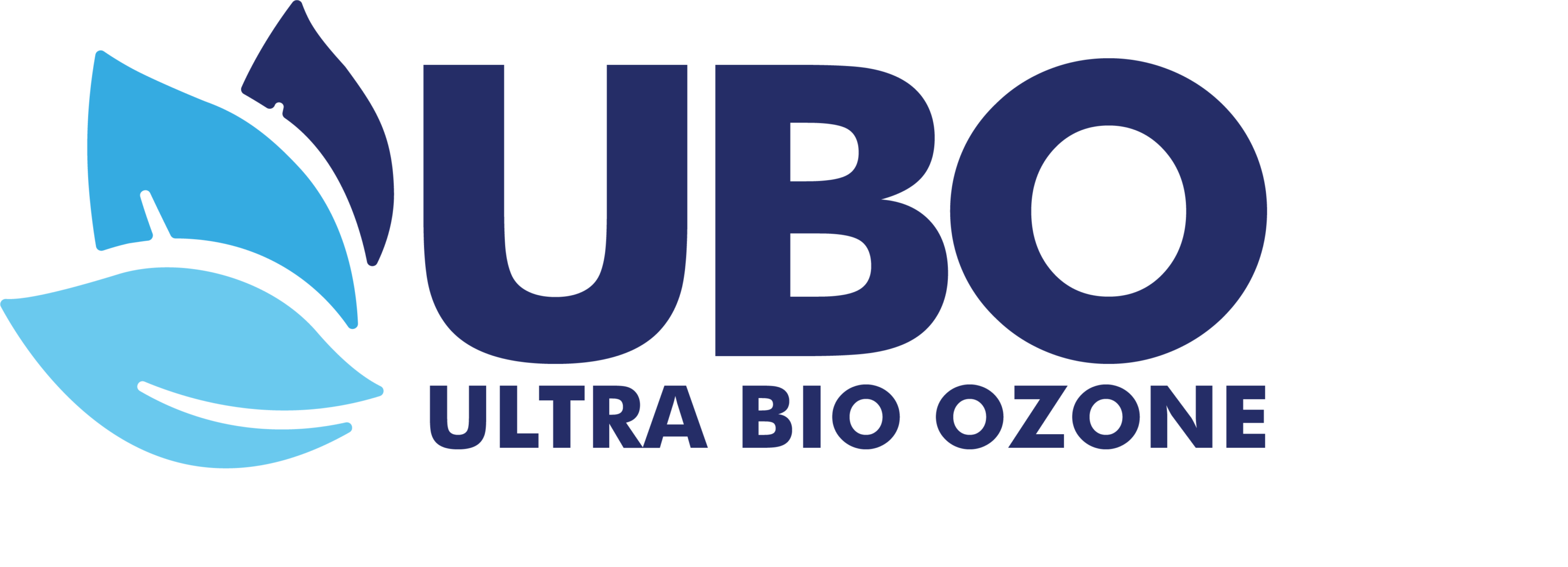
How air purifiers work
Air purifiers work in a closed system: at their point of entry they draw in outside air, i.e. from the room, to filter it and finally expel it clean. The filters are therefore the main element that guarantees the efficiency of the purifier.
These filters are made of paper, fibreglass, fibre or mesh. The best ones have a number of filter layers for greater efficiency.
Some distinctions
A distinction must be made here between domestic and professional models, which do not guarantee the same air treatment and comparable performance levels.
The most common household air purifiers are not effective against all air impurities, including viruses and bacteria.
Professional air purifiers with a HEPA 13 or 14 filter will, for example, be effective against pollen, fine particles PM2.5 and PM10, all types of VOC (Volatile Organic Compounds) pollutants, but also viruses and bacteria.
Finally, it is important to ensure that any air purification device is harmless, i.e. that it does not generate any pollutants itself.
Air purifiers with HEPA filters
For an air purifier to be effective, a HEPA (High-Efficiency Particulate Arrestance) air filtration system is the answer. These filters, also called “true HEPA filters”, are for example the best choice for allergy sufferers. According to the companies, these filters capture almost all 0.3 micron particles such as allergens, bacteria, viruses (such as H1N1), pollen and mould spores.
For even more effective filtration, these filters should be combined with other options.

Other filtration methods
Manufacturers, anxious to offer solutions for all types of air pollution, now offer purifiers equipped with several air purification methods. In addition to the HEPA filter, there are a number of filtering options with their own advantages.


UV-C filtration
UV-C technology applied to filtration systems has been used for almost 80 years to purify air, water and surfaces. This method destroys the DNA or RNA of all micro-organisms by bombardment with ultraviolet light and thus prevents their replication.
The professional purifiers developed by Ultra Bio Ozone combine, for example, the use of a HEPA 14 filter that can block 99.99% of pathogenic particles (viruses, bacteria, PM2.5 pollutants and allergens) with a UV-C mode that destroys the viruses and germs retained by the filter.

Plasma filtration
Plasma is created by ionising a gas by adding energy. Plasma filtration systems do not actually filter the air before discharging it, but rather break down the polluting molecules. This method of filtration is effective on pollens, bacteria and foul odours.

Ozone filtration
Ozone filtration. Ozone eliminates all pathogenic micro-organisms on surfaces and in the air up to 10 m around the purifier. Please note that this type of filtration should only be used when there are no humans or animals present and is not permitted in some countries. Find out what the standards are before you buy an air purifier with this option.
In conclusion : go for the multi-functional ones
It is legitimate to ask how important the use of air purifiers can be. However, with the pollution levels we sometimes reach in cities, and the emergence of new viruses, it is as important to be concerned about the air we breathe as the water we drink. Most government agencies and independent laboratories have repeatedly demonstrated their effectiveness when placed in the right place and maintained properly. However, it is still recommended that you choose a professional purifier with multiple filtering functions rather than a cheap home purifier to ensure that the impact on your health is truly beneficial.
